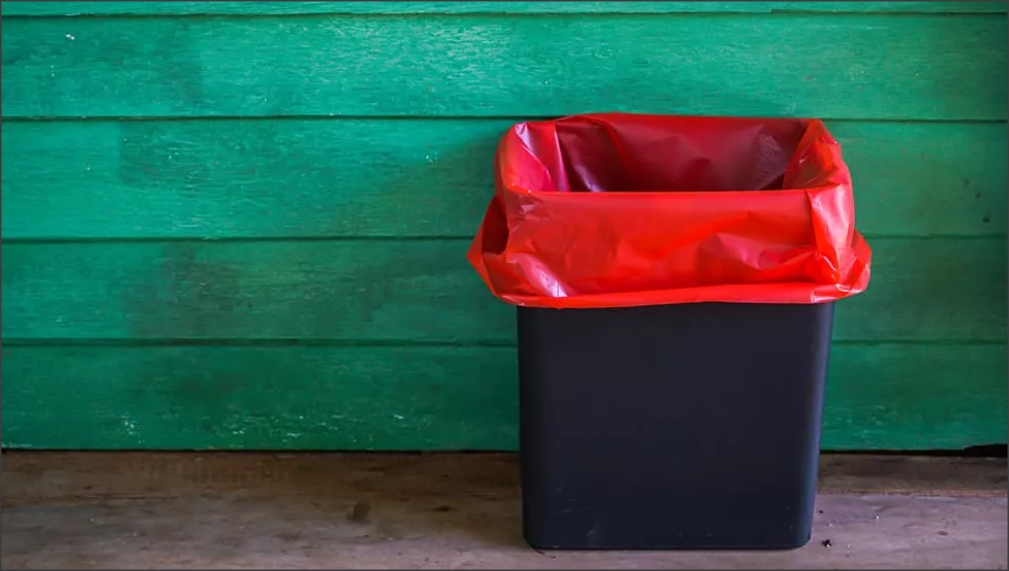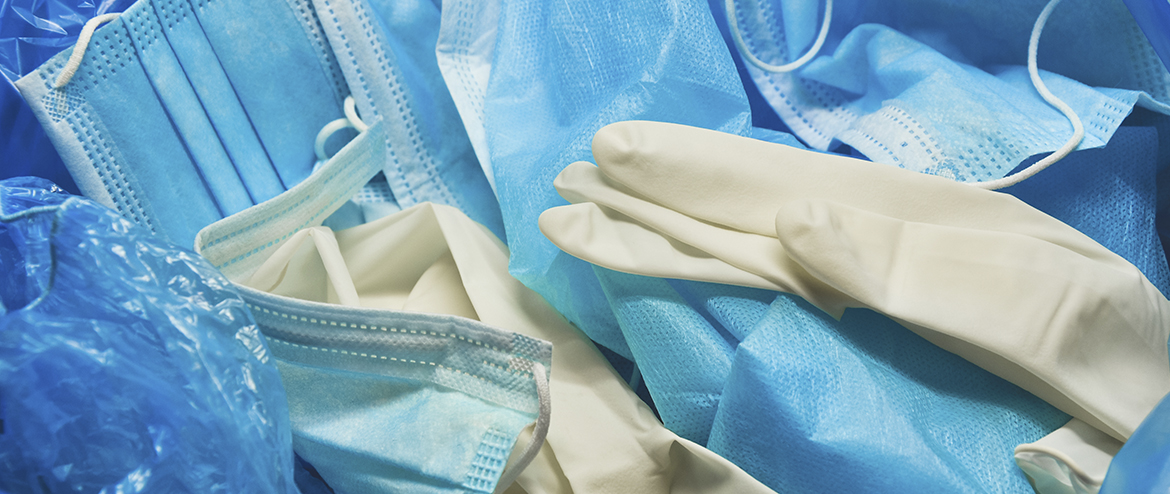OSHA’s bloodborne pathogens standard was created for the safety of employees who may be exposed to biohazardous waste in the workplace. This standard requires employers to take specific steps to protect their workers, including providing personal protective equipment, developing an exposure control plan, and implementing proper procedures for handling and disposing of biohazardous waste. While the handling of biohazardous waste is unavoidable in many industries, such as healthcare and dental care, following these safety measures can help to protect workers from exposure to potentially dangerous materials.

While the phrase “biohazardous waste” might bring to mind images of laboratories and hospitals, in reality, this type of waste can be found in a variety of settings. Any business or individual that uses sharps needles,for example, generates biohazardous waste that must be properly disposed of in order to avoid posing a danger to the public. Similarly, tattoo parlors, blood banks, and even some beauty salons generate biohazardous waste and must take care to dispose of it properly. The scope of biohazardous waste is thus quite broad, and it is important for businesses and individuals to be aware of the proper disposal methods for this type of waste. failure to do so can result in substantial fines or even criminal charges.
OSHA’s Regulated Waste Categories
OSHA’s focus on worker safety also includes regulations regarding the proper handling of biohazardous waste. This waste can include anything from liquid or semi-liquid blood to other potentially infectious materials (OPIM) to sharps that have been used and are now contaminated. OSHA has very specific guidelines for the removal, transportation, and disposal of this type of waste, and these must be followed to ensure the safety of all workers involved.Packages containing dried blood or OPIM must be clearly labeled and closed securely before being transported, and sharps must be placed in a closable, secondary container before being disposed of. These measures are necessary to prevent exposure to these dangerous materials and to protect the workers who are handling them.

Labeling and Training Requirements
The Occupational Safety and Health Administration (OSHA) requires that all bags and containers of biohazardous waste be clearly labeled with the word “biohazard” and a universal symbol. This is to ensure that employees are aware of the potential dangers of these materials and take the necessary precautions when handling them. In addition to the labels, employees must also receive thorough training on the proper use of personal protective equipment (PPE) and the correct procedures for handling hazardous materials. This education should not only be given to new hires, but should also be repeated annually for all employees. By ensuring that all employees are properly informed and trained, businesses can help create a safe workplace for everyone.
At AdvoWaste Medical, we offer online OSHA safety training courses for a variety of healthcare industry fields. Our courses cover the bloodborne pathogens standard and best practices to achieve full compliance. We understand how crucial it is to ensure your office meets current compliance standards and is as safe as possible for your employees. That’s why we offer training materials and comprehensive manuals to help you meet your compliance needs. Contact us today to learn more about our services and how we can help keep your workplace safe and compliant.

